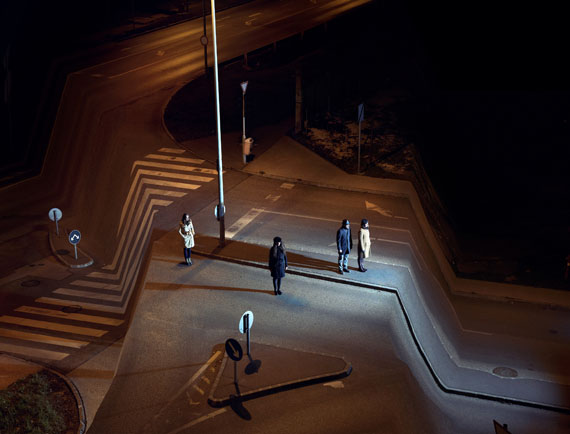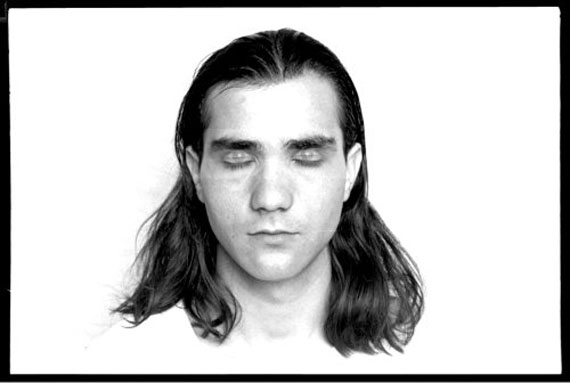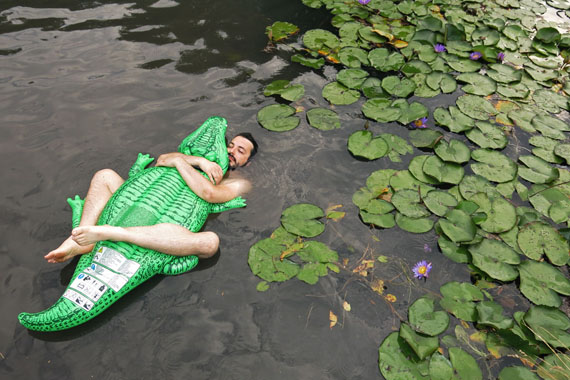
ECHOES
City, Society, Conflict & Self in Hungarian Photography
András Bánkuti » Máté Bartha » Brassaï » Robert Capa » Ákos Czigány » Luca Göbölyös » Karina Horvitz » André Kertész » Imre Kinszki » Adél Koleszár » Gábor Arion Kudász » György Lörinczy » Balázs Máté » Mari Mahr » Dóra Maurer » Mátyás Misetics » László Moholy-Nagy » Szilvia Mucsy » Martin Munkácsi » Tomas Opitz » Sándor Pinczehelyi » Marcell Piti » Sylvia Plachy » Milán Rácmolnár » Aniko Robitz » Gyula Sopronyi » Lenke Szilágyi » Éva Szombat » Endre Tót » János Vető »
Exhibition: 24 Jun – 30 Jul 2016
Thu 23 Jun 18:00 - 21:00

Alma Gallery
625 W. 27th Street betw. 11th + 12th Ave
NY 10001 New York
+1-212-
Tue-Sun 12-19

Echoes: City, Society, Conflict & Self in Hungarian Photography
Part of Modernity X Hungary—A Festival of Hungarian Modernism in New York, including visual arts, music, and performance, from May 7 through August 14, 2016
Exhibition: June 24 – July 30, 2016
Opening Reception: June 23, 2016, 6PM-9PM
Artists Present: Éva Szombat, Szilvia Mucsy, Luca Gőbölyös, and Gyula Sopronyi
Opening on June 24th at Alma Gallery, “Echoes: City, Society, Conflict & Self in Hungarian Photography” is the second of two linked exhibitions that celebrate Hungarian photography from László Moholy-Nagy to today. The exhibition is part of Modernity X Hungary—A Festival of Hungarian Modernism in New York, a series of exhibitions, concerts, and performances taking place through August 14, 2016, sponsored by Ministry of Foreign Affairs and Trade, Hungary.
“Echoes” traces the influence of Moholy-Nagy and other Hungarian masters of modern photography. Moholy’s geometric compositions and novel perspectives—adopting the bird’s-eye view or the worm’s-eye view—established a “new vision” of the modern world. Echoes recur in Ákos Czigány’s uncanny upward views from Budapest courtyards, and Anikó Robitz’s architectural close-ups, which render her surfaces far more abstract than Moholy-Nagy’s.
André Kertész is recognized today as a father of photojournalism and the photo essay. He is said to be the first photographer to exhibit his work in a solo exhibition, presenting photography as art. His haunting sense of composition transformed his subjects—no matter how documentary or ordinary—into art. His strategy of aesthetic elevation is echoed in the work of Szilvia Mucsy, Tomas Opitz, Karina Horitz, and others.
Martin Munkácsi was a pioneer of both action photography and fashion photography, and decisively influences these genres through his images of human subjects in social settings. While Richard Avedon observed that the world of fashion is peopled by Munkácsi’s heirs, Henri Cartier-Bresson cited Munkácsi’s image of a group of African boys running into the water as the only photo that influenced him.

The exhibition presents 32 modern and contemporary artists. It includes Moholy-Nagy’s geometric images of city spaces, where the human element is subordinated to formal frameworks. Moholy’s panoptic images shot from bridges find poetic parallels in works by Brassaï as well as the contemporary photographer Gyula Sopronyi.
Robert Capa’s risk-taking in conflict situations had a lasting impact on war photography, and the enduring expectation of audiences to be able to intimately witness calamity. Milán Rácmolnár restaged Capa’s iconic D-Day images with actors, and then further translated these scenes via digital filters—even music programs—to produce images that are both homages to iconic Capa photos and contemporary reminders of the constancy of conflict in human society. They also reflect how digital techniques today can manipulate reportage. Conflict situations may not be what they seem. Similarly, Mátyás Misetics presents landscapes deformed by algorithmic glitches of Google Earth.
During the 1970s and 1980s, neo-avant-garde and new-wave artists in Soviet-era Hungary strained against censorship with wit, irony, and persistence, often using their own bodies to pose contradictions. Endre Tót shields his nudity behind a red star and effaces himself with a mop of hair. János Vető’s self-portrait shows eyes simultaneously open wide and closed shut.
Capturing the eclipse of the Soviet era are works by András Bánkuti, Mari Mahr, and Sylvia Plachy, while Zsuzsanna Marinka’s recent portraits suggest contemporary tensions and duplicity in Hungarian society. In contrast, Éva Szombat’s installation turns toward lightness of being, focusing on her “practitioners of happiness.”
This exhibition was preceded by “Impact: Abstraction & Experiment in Hungarian Photography,” which highlighted László Moholy-Nagy’s experimental drive and his tendency toward abstraction, alongside more than 20 other artists, past and present, who share these impulses. Both exhibitions, curated by Gary van Wyk, are presented by AlmaOnDobbin, the Consulate General of Hungary, the Balassi Insitute, and Art Market Budapest, Eastern Europe’s leading contemporary art event that hosts Art Photo Budapest, one of Europe’s major international photo fairs (www.artmarketbudapest.hu). �